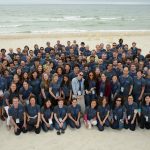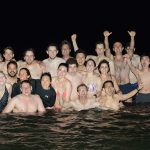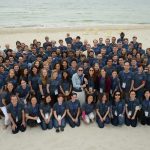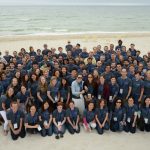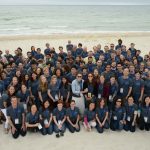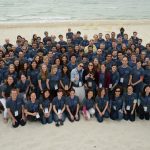Author: Julie Pryor
Oscillating Neural Network Demonstration
It has been recognized for decades that the brain produces rhythmic patterns of electrical activity, colloquially known as “brain waves.” These rhythmic patterns reflect the activity of thousands or millions of neurons, each with its own intrinsic rhythmic tendencies. If each neuron is firing independently of its neighbors, the overall effect will appear as noise, but when they become synchronized, their combined effect can be detected as rhythmic oscillations, which in some cases are strong enough to penetrate the skull, allowing them to be recorded noninvasively with electrodes on the scalp.
This video illustrates a mechanical analogy for how this synchronization occurs; the ticking metronomes influence each other through the side-to-side movements of the board on which they sit, and over time this causes them to lock into a synchronous pattern.
Dr. Puifai Santisakultarm
Research Update from Beijing University
McGovern Institute Retreat 2015
To view the 2015 McGovern Institute retreat gallery, please click on one of the thumbnail images below.
Editing the genome with Neville Sanjana
Neville Sanjana is using genome editing tools to understand brain disorders like autism and schizophrenia.
Vietnam Cheo Opera
The Vietnam Cheo Opera visits the McGovern Institute on Friday, May 29, 2015.


